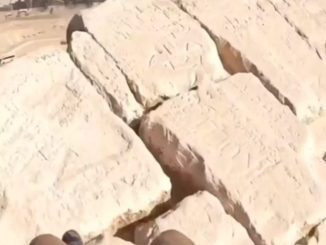Police whistles, small yet powerful tools, have long been a symbol of law enforcement authority and public safety. From their sharp, attention-grabbing sound to their storied history, these devices have stood the test of time. Despite the rise of advanced technology, the police whistle remains an indispensable tool for maintaining order and communicating effectively in various situations. Let’s dive into the fascinating history, practical uses, and enduring significance of this iconic tool in modern law enforcement.
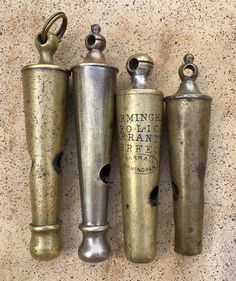
The History of Police Whistles: From Silent Gestures to Audible Commands
The story of the police whistle began over a century ago when it revolutionized communication in law enforcement. Before whistles, officers relied on hand signals, shouts, or bells to communicate. These methods were often ineffective in crowded or noisy environments.
In the 1870s, the Metropolitan Police in London adopted whistles as a standard-issue tool. The Acme Thunderer, one of the earliest mass-produced police whistles, became a global standard. Its piercing sound could travel long distances, cutting through the cacophony of urban life to summon help or issue commands.
The whistle’s introduction marked a turning point in law enforcement, giving officers a reliable way to communicate in emergencies. Its simplicity and effectiveness quickly made it a staple in police forces worldwide.
Practical Uses of Police Whistles in Law Enforcement
The versatility of the police whistle makes it an invaluable tool in various law enforcement scenarios. Here are some of its most common uses:
1. Crowd Control and Public Order
In large gatherings, protests, or public events, police whistles are essential for managing crowds. A sharp whistle blast instantly grabs attention, signaling the need to stop, move, or disperse. It’s a clear and unmistakable way to convey urgency in chaotic situations.
2. Signaling for Backup
Before the advent of modern radios, police whistles were crucial for summoning assistance. Specific whistle patterns allowed officers to alert nearby colleagues to emergencies. Even today, in areas where communication devices fail, whistles serve as a reliable backup.
3. Directing Traffic
One of the most recognizable uses of police whistles is in traffic management. Whether halting vehicles at intersections or signaling pedestrians to cross, the whistle’s sharp tone ensures commands are heard above the noise of engines and bustling streets.
4. Deterring Criminal Activity
The sudden, piercing sound of a whistle can deter potential criminals by drawing attention to their actions. It’s an effective, non-violent way to disrupt unlawful activities and alert nearby officers or civilians.
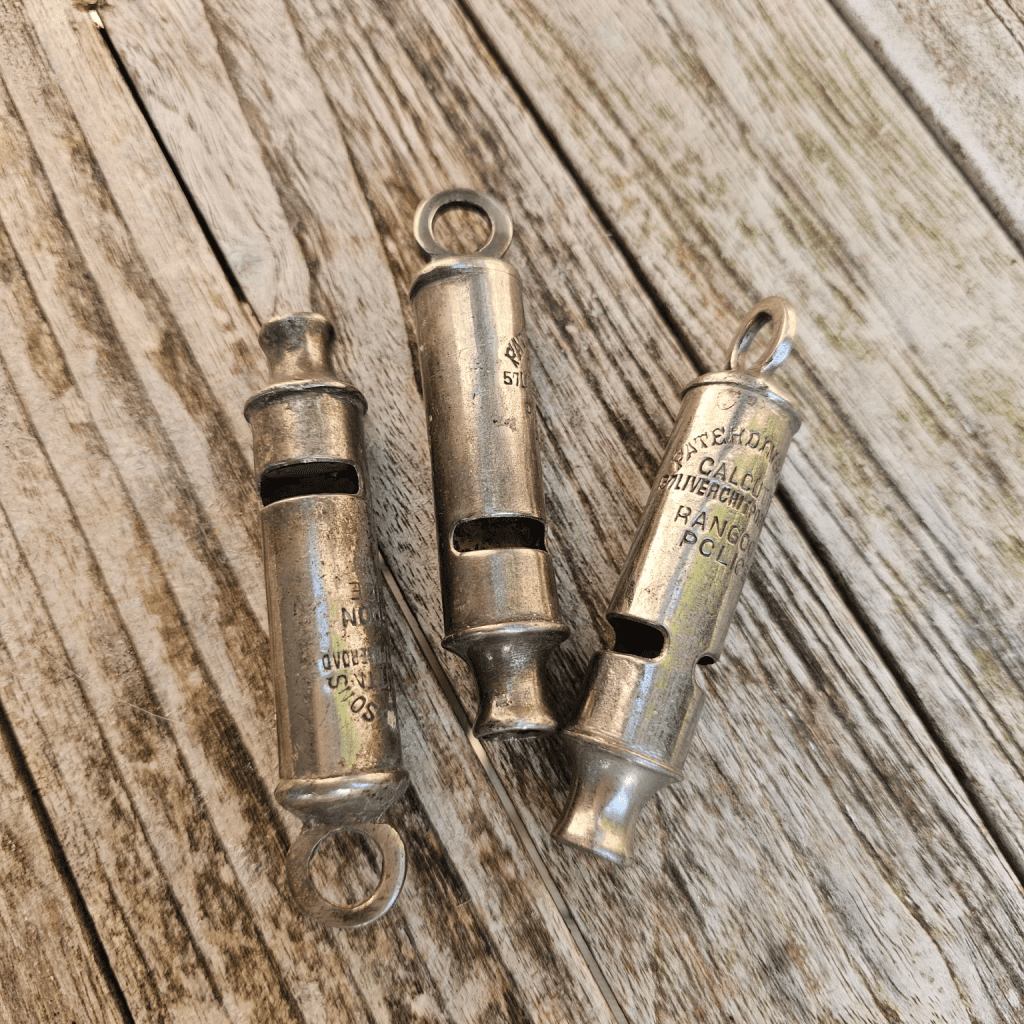
Modern Innovations in Police Whistle Design
While the basic design of police whistles has remained largely unchanged, modern advancements have introduced new features that enhance their functionality.
- Durable Materials: Modern whistles are often made of stainless steel, high-impact plastic, or other durable materials to withstand rigorous use.
- Amplification: Some whistles now include electronic amplification, making their sound even louder and more consistent.
- Multiple Tones: Multi-tone whistles allow officers to use different sounds for various situations, improving communication in complex scenarios.
These innovations ensure that police whistles remain effective and relevant, even in today’s high-tech world.
Police Whistles as Symbols of Authority
Beyond their practical applications, police whistles carry significant symbolic weight. Their sharp tone is universally recognized as a call for attention, order, or compliance. In media and pop culture, whistles are often depicted as quintessential tools of law enforcement, reinforcing their association with authority.
This symbolism plays a vital role in public behavior. During emergencies, the sound of a whistle can cut through panic and confusion, prompting quicker and more coordinated responses than verbal commands alone.
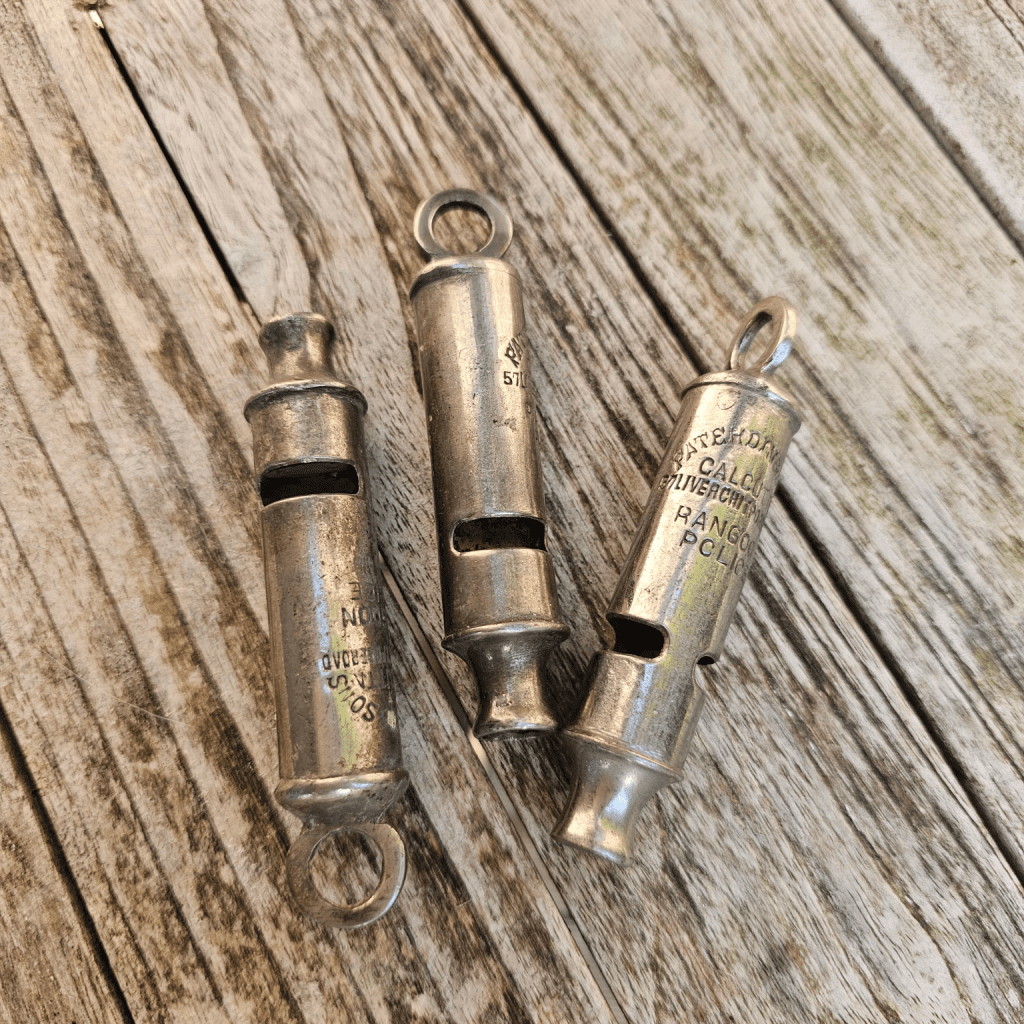
Whistles in Emergency and Disaster Situations
In emergencies, police whistles prove invaluable as lifesaving tools. In scenarios such as natural disasters, building collapses, or large-scale accidents, whistles can be used to signal for help when radios or phones fail. Their high-pitched sound can guide rescuers to an officer’s location or alert others to danger.
Whistles are also commonly used in search-and-rescue operations. Their simplicity and reliability make them ideal for coordinating efforts in challenging environments where other communication tools might not function.
The Relevance of Police Whistles in a Digital Age
In an era dominated by smartphones, radios, and GPS technology, you might wonder if police whistles have become obsolete. The truth is, they remain as relevant as ever. Unlike digital devices, whistles don’t rely on batteries, networks, or signals, making them failproof in areas with no connectivity or during power outages.
Their ease of use and instant impact make them a dependable tool, even as law enforcement embraces more advanced technologies. While they may not be used as frequently as in the past, their role as a backup communication device and their symbolic importance ensure their continued presence in police toolkits.
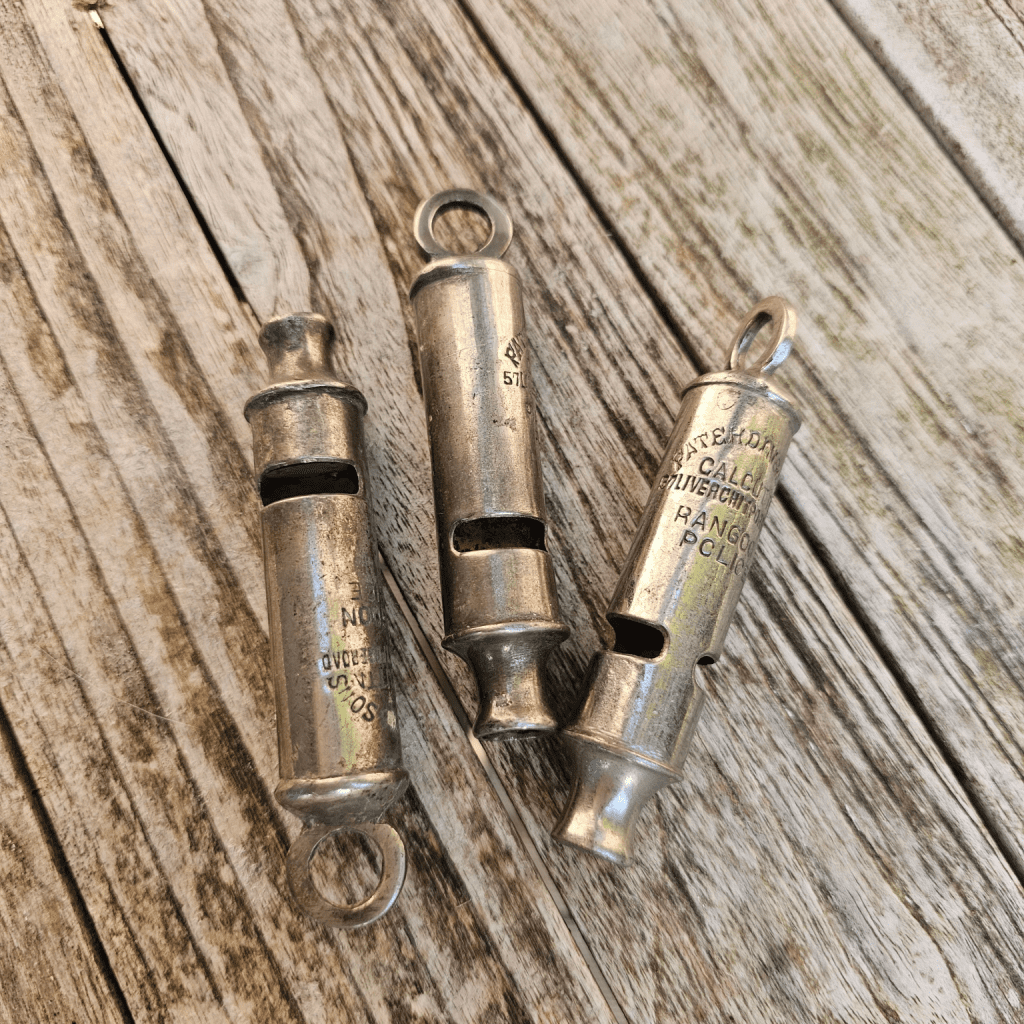
The Enduring Importance of Police Whistles
The police whistle is more than just a tool; it’s a timeless symbol of order, safety, and authority. Its sharp, piercing sound commands attention and action, whether in routine traffic management, public events, or life-threatening emergencies.
From their origins in 19th-century London to their continued use in modern law enforcement, whistles have proven to be simple yet incredibly effective. They remind us that sometimes, the most reliable tools are the ones that don’t rely on complex technology.
Conclusion: A Small Tool with a Big Impact
The police whistle, with its compact design and powerful sound, has earned its place as a cornerstone of law enforcement. Its history, versatility, and enduring relevance showcase its unmatched utility in maintaining order and ensuring public safety.
As technology continues to evolve, the humble whistle stands as a testament to the power of simplicity. Whether calling for backup, directing traffic, or saving lives in an emergency, the police whistle remains a vital part of law enforcement—a small tool with a big impact.


